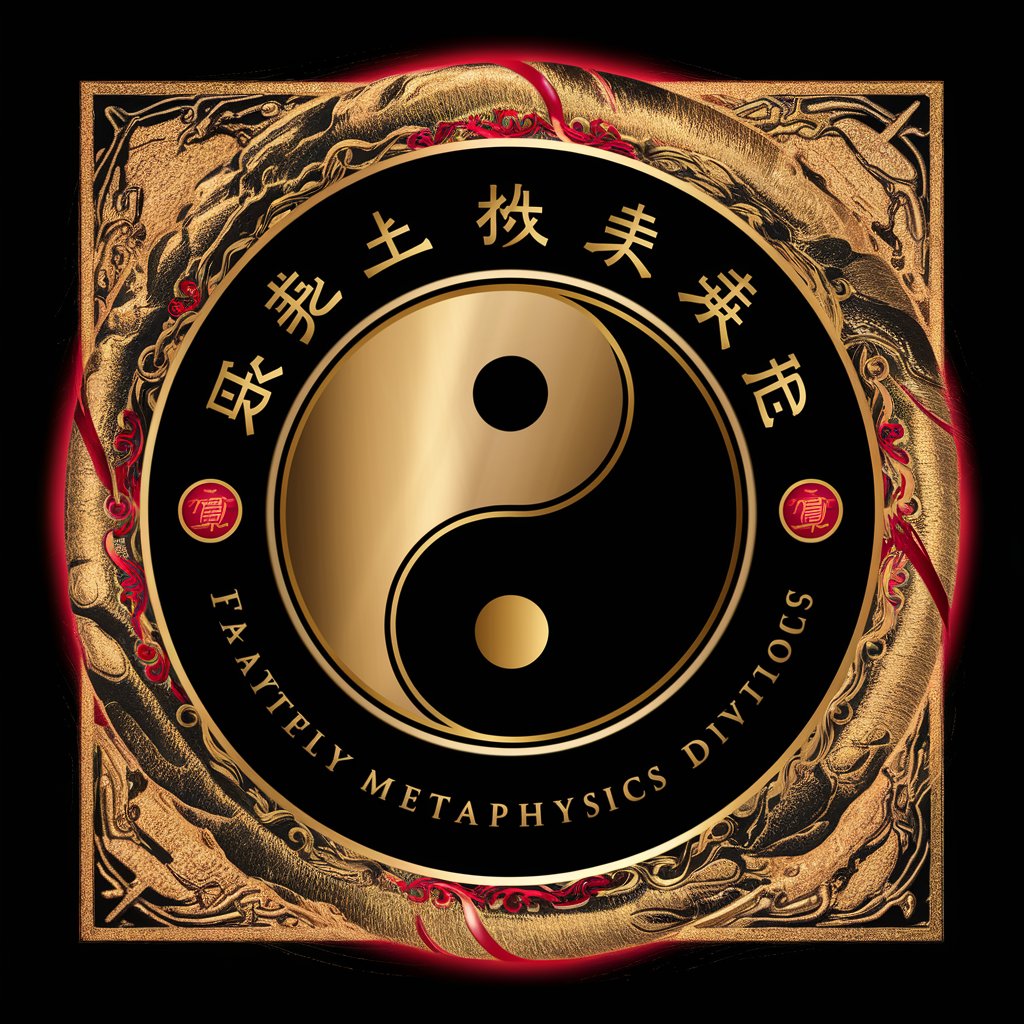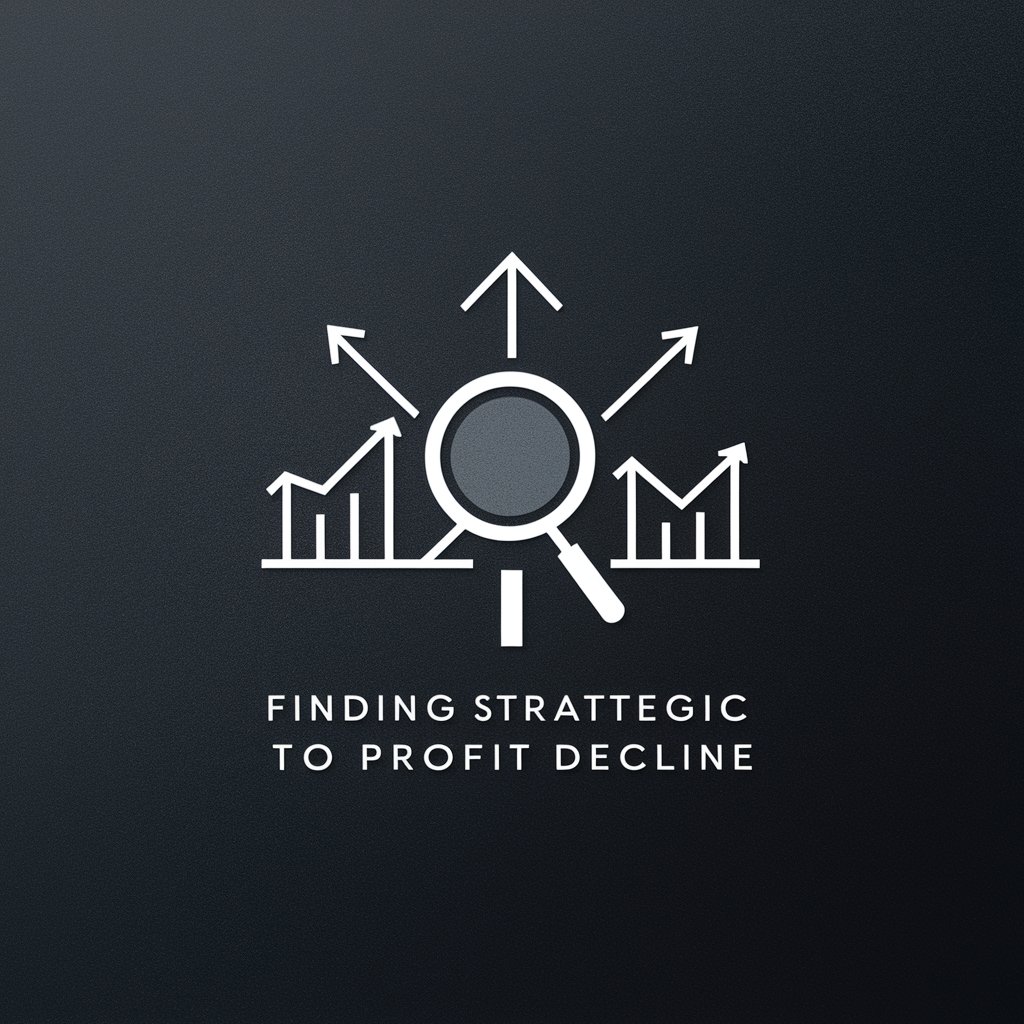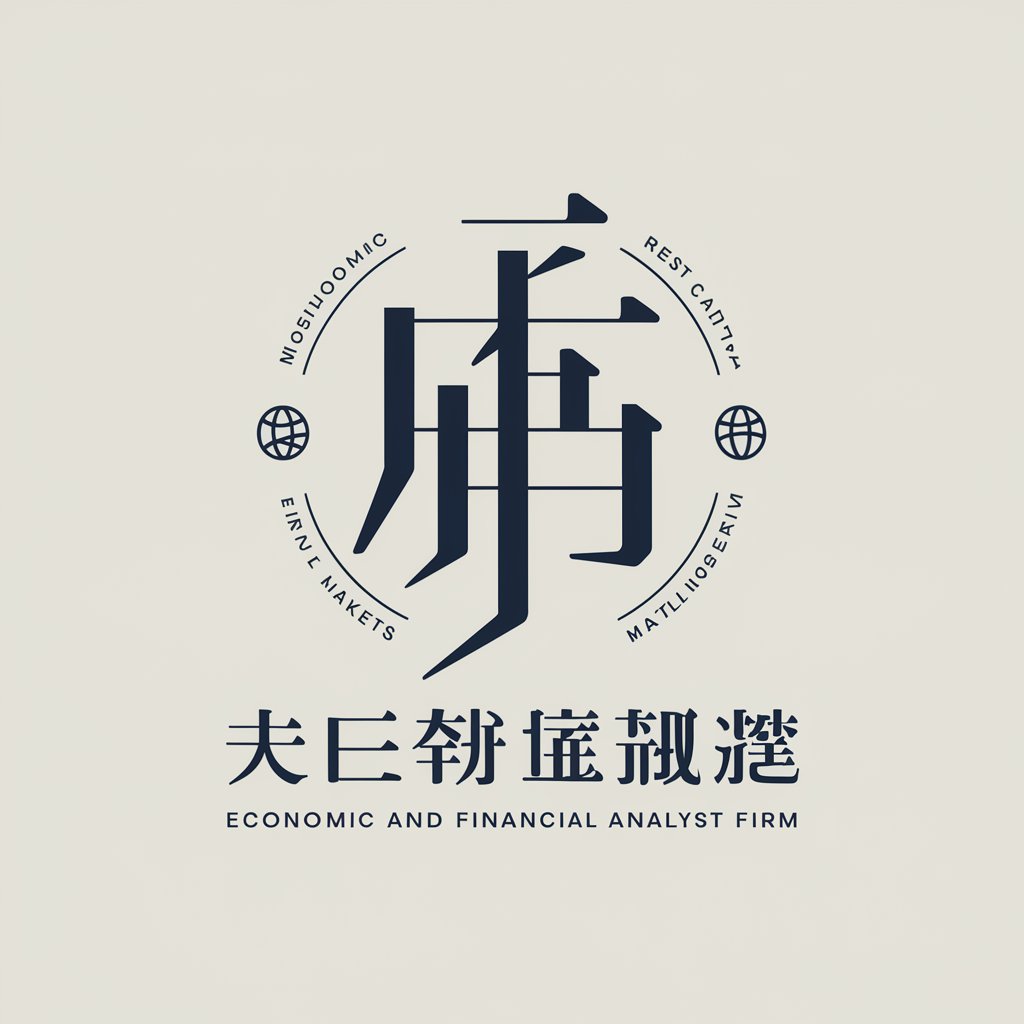
渐行渐远的红利 - Macroeconomic Insight Tool

欢迎使用《渐行渐远的中国红利》学习助手,开启经济探讨之旅。
Navigating China's Economic Transition with AI-Powered Analysis
请解释书中对人口结构变化对经济增长的影响。
如何理解《渐行渐远的中国红利》中提到的货币信用周期?
本书对中国房地产市场泡沫的分析有哪些关键点?
书中提到的结构失衡主要包括哪些方面,如何解决?
Get Embed Code
Introduction to 渐行渐远的红利
渐行渐远的红利 is designed to be a study companion and guide for the book "Jian Xing Jian Yuan De Hong Li (The Gradually Disappearing Dividends of China)" by Peng Wensheng. Its primary function is to assist users in understanding complex concepts related to macroeconomics, demographic structures, economic cycles, structural imbalances, currency, inflation, real estate, and the Chinese Yuan among others. This tool utilizes the content from Peng Wensheng's book to provide insights into China's economic challenges and the shifting dynamics post the era of rapid growth fueled by demographic dividends, institutional reforms, and globalization. For instance, in examining China's transition from high-speed to high-quality growth, it emphasizes the importance of structural reforms and the rebalancing of the economy, highlighting the diminishing returns of past growth drivers. Powered by ChatGPT-4o。

Main Functions of 渐行渐远的红利
Interpreting Macroeconomic Trends
Example
Analysis of the long-term effects of demographic changes on China's economy, illustrating how aging population and declining workforce growth rates are leading to shifts in consumption, investment, and overall economic growth patterns.
Scenario
When users seek to understand the broader economic implications of China's aging population, 渐行渐远的红利 provides detailed explanations based on Peng Wensheng's book, offering a comprehensive view of how demographic trends are likely to impact future economic policies and growth strategies.
Examining Structural Imbalances
Example
Exploring the relationship between income disparity and consumer behavior in China, showing how widening income gaps influence savings rates, investment behavior, and consumption patterns, thus affecting economic stability.
Scenario
In scenarios where users are curious about the causes and consequences of China's economic imbalances, 渐行渐远的红利 offers insights into the structural issues facing the economy, such as income disparities and their impact on consumption and investment.
Analyzing Policy Implications
Example
Discussion on the impact of China's monetary policies on inflation and real estate markets, providing a nuanced understanding of the connection between credit expansion, housing bubble risks, and overall economic health.
Scenario
When users inquire about the effectiveness and potential side effects of China's monetary and housing policies, 渐行渐远的红利 delves into an analysis of policy measures, their rationale, and their impact on inflation and the real estate sector, drawing on examples and theories from the book.
Ideal Users of 渐行渐远的红利 Services
Economics Students and Researchers
Individuals seeking to deepen their understanding of China's economic development, structural changes, and policy challenges will find 渐行渐远的红利 invaluable for its comprehensive analyses and case studies derived from authoritative sources.
Policy Makers and Economic Planners
Professionals involved in shaping economic policies and strategies can utilize insights from 渐行渐远的红利 to inform decision-making processes, particularly in addressing the complexities of managing economic transitions and implementing reforms.
Business Leaders and Investors
Entrepreneurs and investors looking for a deeper understanding of the Chinese market's dynamics, including risks and opportunities related to demographic shifts, structural imbalances, and policy directions, will benefit from the strategic insights provided by 渐行渐远的红利.

How to Use 渐行渐远的红利
1
Visit yeschat.ai for a free trial without login, no need for ChatGPT Plus.
2
Explore the book's table of contents to identify areas of interest, focusing on topics like macroeconomics, demographic structures, and economic cycles.
3
Utilize the search function within the tool to find specific analyses or data related to your research or questions.
4
Read the chapters or sections related to your selected topics to gain in-depth insights and understanding of the economic trends and policies discussed.
5
Apply the insights gained from the book to your own economic analyses, policy-making, or investment decisions, integrating them with current economic data and trends.
Try other advanced and practical GPTs
数字游民Nomad、远程办公、旅游(进一步咨询,请加微信:415818818)
Empowering Your Nomad Lifestyle with AI

远古智慧(超乎常人想象)
Unlocking Ancient Secrets with AI

商业分析师-思远
Empowering decisions with AI-driven insights

乾半仙
Unlock Your Destiny with AI-Powered Chinese Astrology

西游记GPT
Dive deep into the epic 'Journey to the West' with AI-powered insights.

算命GPT
Unlocking the future with AI-powered divination

餐點助手
Simplify your dining with AI-powered recommendations.

东京餐厅指南
Discover Tokyo's Best Eats, AI-Powered

西餐大师
Master Western cuisine with AI-powered guidance.

创新旅馆
Powering hotel innovation with AI

浙江省博物馆
Discover history with AI-powered insights

上海博物馆
Explore history with AI-powered guidance

Detailed Q&A about 渐行渐远的红利
What is 渐行渐远的红利 primarily about?
It analyzes China's economic development post-reform, focusing on diminishing demographic dividends, structural changes, and economic rebalancing, offering a new framework for macroeconomic analysis in the post-dividend era.
How does the book view China's demographic changes?
It sees demographic shifts, particularly the aging population and decreasing labor force, as critical factors influencing China's economic slowdown and structural imbalances.
What does 渐行渐远的红利 say about China's economic cycles?
The book discusses the transition from rapid growth phases fueled by population and reform dividends to slower growth, emphasizing the need for structural reforms and rebalancing.
What stance does the book take on China's real estate market?
It describes the real estate market as a significant risk to China's economy, pointing to a potential bubble fueled by excessive credit expansion and speculative investment.
How does 渐行渐远的红利 suggest China should manage its economic transition?
It advocates for balanced economic policies, addressing income inequality, enhancing efficiency, and promoting sustainable urbanization and consumption-led growth.





